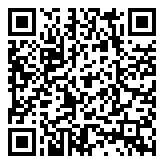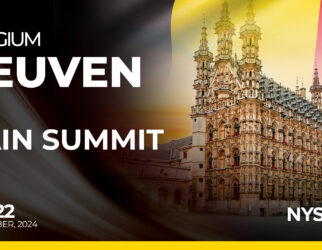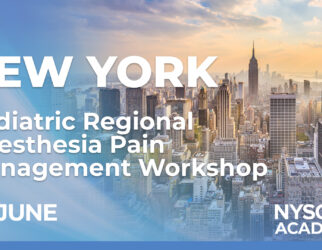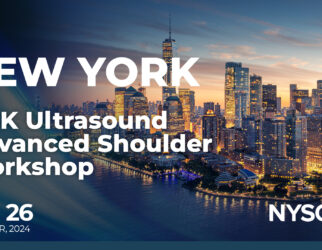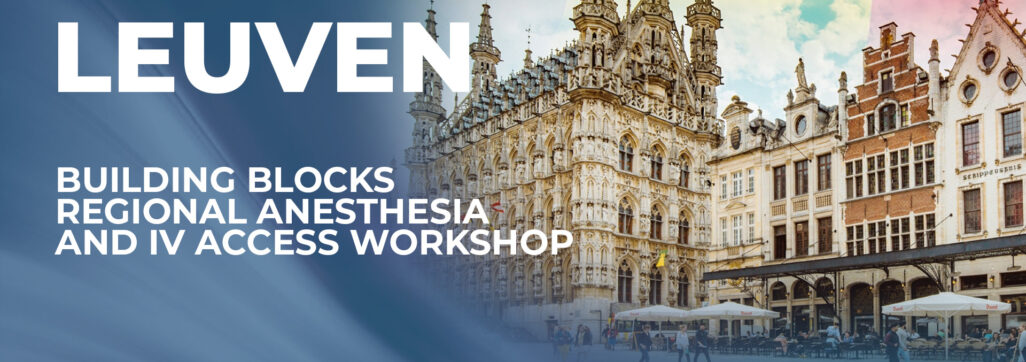
Building Blocks Regional Anesthesia and IV Access Workshop (Leuven, BE)
Hourly Schedule
DAY 1
- 08:00 - 09:00
- How to operate an ultrasound machine & optimize the image
- Here's what this session will give you: ▶ Proficiency in operating ultrasound machines ▶ Expertise in preparing essential components for optimal imaging, such as selecting the right transducer and applying ultrasound gel correctly ▶ Confidence in setting up the machine from start-up to full operation ▶ Comprehensive understanding of device settings for optimal results ▶ Achieve mastery in optimizing ultrasound images for clarity and precision ▶ Develop skills to fine-tune settings, enhancing ultrasound imagery for regional anesthesia and IV access
- 09:00 - 10:00
- Recognize the ultrasonographic appearance of structures relevant to regional anesthesia & Ultrasound Artifacts
- ▶ Be able to discern ultrasonographic sonoanatomy for regional anesthesia & IV access ▶ Confidently identify nerves, fascicles, tendons, blood vessels, bone, muscle, and fascial planes ▶ Recognize the five most common artifacts in the practice of regional anesthesia
- 10:00 - 11:00
- Essential transducer manoeuvres
- ▶ Master the five core transducer maneuvers for optimal image acquisition ▶ Gain a deeper understanding of their practical applications in clinical settings
- 11:00 - 12:00
- Acquire hand-eye coordination skills
- ▶ Sharpen your hand-eye coordination on NYSORA simulators ▶ Master the techniques to guide needles both in-plane and out-of-plane, ensuring precise targeting every time
